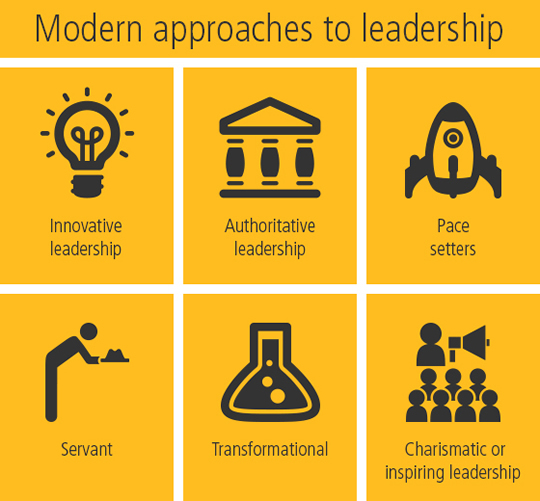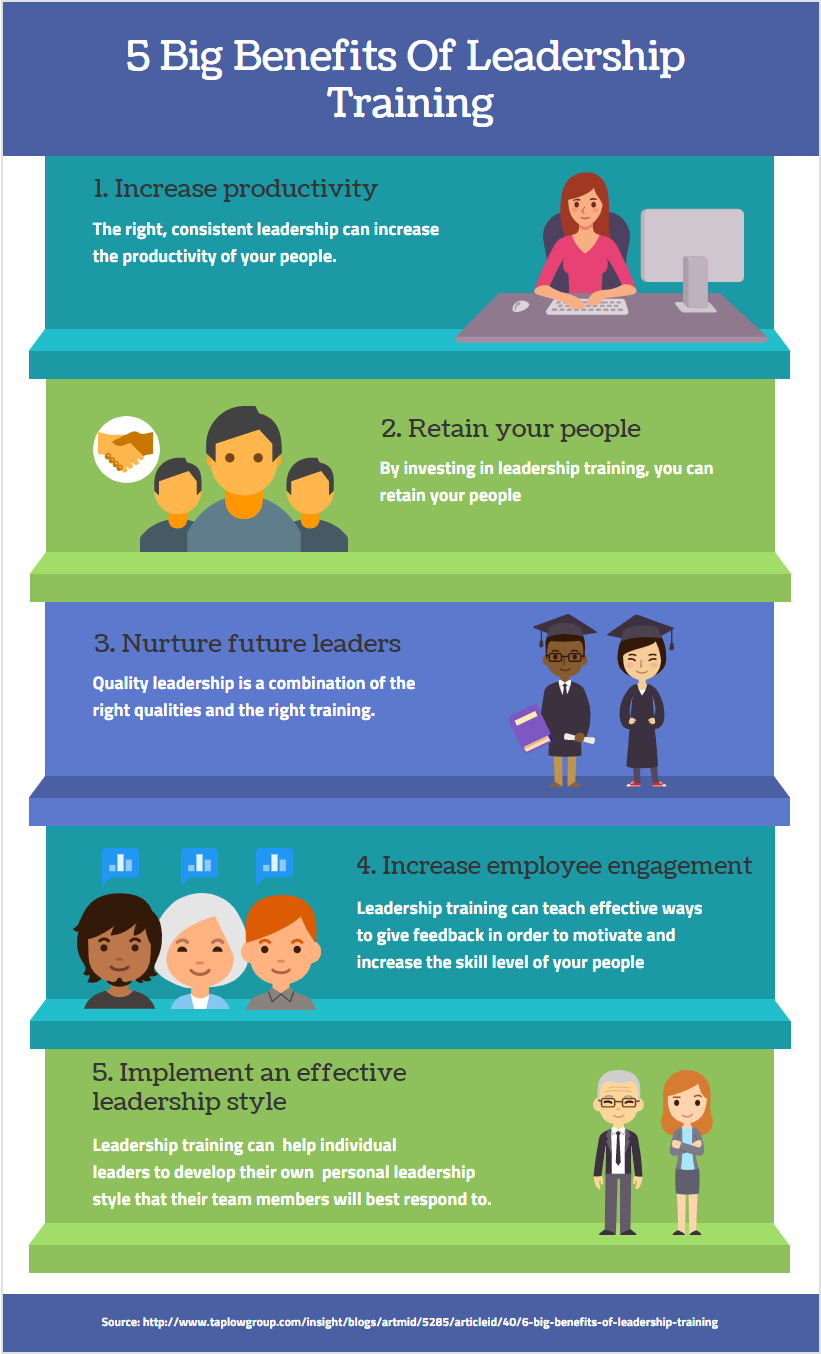Home Where Positive Leaders Are Born

WELCOME
We believe that we will make great services to our clients. We are constantly focusing on innovation. We believe in simple, not complex. We also believe that we need to own and control the primary knowledge behind the services that we do, and participate only in markets where we can make a significant contribution. We will focus on the few projects that are truly important and meaningful to us. We believe in deep collaboration and cross-pollination of our groups, which allow us to innovate in a way that others cannot. To be frankly, we do not settle for anything less than excellence in our company, and we have the self-honesty to admit when we are wrong and have the courage to improve.
7 Main Challenges Faced by Managements
Overcoming challenges helps you to learn, grow and develop. Having perseverance is a big part of being a leader, and leadership is what management is all about. Below, we guide you through 7 common challenges that managements face and tips on how to overcome them:
- Effective Communication With Your Team – Building effective communication with your team will give you a strong foundation in your role as a leader. The way that we speak and the way that we listen play a vital role in collaboration and teamwork. Not only that, the quality of communication on your team impacts levels of trust and vulnerability, which are essential to creativity and innovation. As a new leader, it’s important for you to understand the communication dynamics on your team so you can optimize the strengths and find ways to improve any weaker areas. Every team is different, and learning the communication styles that work best on your team will really strengthen how you work together.
- Improving Peoples’ Skills – Technological changes, structural changes, environmental changes are accelerated at a faster rate in the business field. Unless the team and managements are equipped to possess the required skills to adapt to those changes, the targeted goals cannot be achieved in time. These two different categories of skills; managerial skills and technical skills. Some of the managerial skills include listening skills, motivating skills, planning and organizing skills, leading skills, problem-solving skill, decision-making skills. These skills can be enhanced by organizing a series of training and development programs, career development programs, induction, and socialization.
- Encouraging Productivity – As a leader, a key to your success is to make your team as productive as possible. This can be a challenge because all of your team members may have different needs and work in different ways. Some people like working later, some earlier, some people like being given specific instructions, some people like to have more autonomy. It’s important for you to create an environment that’s good for everyone. Try to find out what works best and adjust accordingly. Have short daily meetings where everyone presents their tasks for the day to the team. This will help your team set their focus for the day and see how everyone else’s tasks fit into the broader goals of the team.
- Managing Your Time – Balancing your own tasks while overseeing your team can be difficult. You might not know how best to split your time, but remember that your team should always be a priority. You should strive to be as available to your team as possible, but it’s also important that you set aside time to dedicate to your individual responsibilities. Book times in your calendar specifically for your own tasks, and let your team know in advance that you won’t be available during those times.
- Asking For Help – You might feel pressure to have all the answers in your leadership role, but it’s okay if you don’t. Don’t be afraid to ask for help when you need it. Ask your team about the knowledge that you might not know about and do some reading to gain more knowledge. Seek out opportunities that can help you and your team succeed.
- Empowering People – The main issue is delegating more power and responsibility to the lower level cadre of the team and assigning more freedom to make choices about their schedules, operations, procedures and the method of solving their work-related problems. Encouraging the team to participate in the work-related decision will sizable enhance their commitment to work. Empowerment is defined as putting the team in charge of what they do by eliciting some sort of ownership in them. Leaders are doing considerably further by allowing their team full control of their work. Movement implies constant change an increasing number of organizations are using self-managed teams, where “workers operate largely without a boss”. Due to the implementation of empowerment concepts across all the levels, the relationship between leaders and the team is reshaped. Leaders will act as coaches, advisors, sponsors, facilitators and help their subordinates to do their task with minimal guidance.
- Managing Workforce Diversity – This refers to employing different categories of employees who are heterogeneous in terms of gender, race, ethnicity, relation, community, physically disadvantaged, elderly people, etc. The primary reason to employ heterogeneous category of employees is to tap the talents and potentialities, harnessing the innovativeness, obtaining synergetic effect among the divorce workforce. In general, employees wanted to retain their individual and cultural identity, values and lifestyles even though they are working in the same organization with common rules and regulations. The major challenge for organizations is to become more accommodating to diverse groups of people by addressing their different lifestyles, family needs, and work styles.

About SAZDL
SAZ Diversify Legacy (SAZDL) is a consultancy firm located in Petaling Jaya, Selangor, which offers assistance to for-profit and non-profit organizations in Leadership planning, development, and implementation. We work with organizations that want to align their management and their team to meet the needs of their organization's goals and achievements. We work with organizations that want to reach out to their team in ways that attract attention and evoke response. We help management and their team to find the needs of each other. Our approach to leadership is an integrated process from visioning to qualitative research to strategic planning to tactical execution. For-profit businesses can get assistance with learning the leadership development, management, and loyalty-building skills. Non-profit organizations can get help from the skill of management positioning, planning, board development and training. Every client can get help discovering and implementing the leadership that will meet its goals and fit its budget. SAZDL’s founder, Shah Al-Ghazali, has been helping companies; large, medium and small to plan, develop, and execute strategic, integrated Leadership Storytelling programs for over five years. We don’t just simply help you generate leaders. Instead, we work to find multifaceted solutions that result in building new generation skills for your management and team. With a truly comprehensive understanding of the leadership world, we work with our clients to establish precise, measurable goals to activate success and drive perpetual momentum.
Testimonials

Our Leadership Approaches
- Innovative leadership. Leaders gasp the entire situation and go beyond the usual course of action. They are good at visualizing the future and know exactly what is working and what not as well as bring new ideas and vision into reality.
- Authoritative leadership. Leaders dictate procedures and policies, decide the goals that need to be achieved, and control and direct activities without meaningful participation by other employees.
- Pace setters. Considering that communication plays an important role in an effective leadership, pace setter leaders use proper communication in setting high standards of performance for both the group and themselves. They optimize behaviors that are sought from others in the group.
- Servant. This is one of the most common approaches to leadership and the one most widely used in practice. Leaders put their service to other people in the group before their own interest and include the team in decision making.

- Transformational. In today’s modern world, the society is in need of transformational leaders who would bring positive and meaningful changes. Transformational leadership is where the leaders expect transformation on their teams even if it is uncomfortable and believe that everyone will do their best. They also serve as inspiration and role model to their people.
- Charismatic or inspiring leadership. This type is primarily based on the leader’s charisma or his/her personal qualities and is one of the most common approaches to leadership. Leaders are seen to possess strong sense of vision and mission and arouse a very strong emotion in each of their followers. Leading others is determined by the type and source of power that is held by the leaders.
It is not easy to become an effective leader but being aware of different approaches to leadership allows aspiring leaders to get to know the necessary skills, abilities and personal characteristics essential to achieve their main mission to serve and not be served. This is what makes a good leader who knows how to handle his/her people and appreciate their worth.
The Benefits of Leadership Storytelling Training
The good news is that leaders can be created through effective leadership training. At SAZ Diversify Legacy, we develop custom leadership training to cover the emotional, practical, and theoretical aspects of great leadership.
Here we explore five of the big benefits that leadership training can offer your organization.

- Increase productivity – The right, consistent leadership can increase the productivity of your people. At its primal level, leadership is about understanding your people emotionally. Emotional intelligence is critical to the success of a leader. Emotional intelligence involves being smart about emotions and using empathy effectively to empower and engage employees. Leadership training that encompasses emotional intelligence can hone these emotional skills in your people managers and leaders.
- Retain your people – 75% of people voluntarily leaving jobs don’t quit their jobs, they quit their bosses! That’s right, employees leave ineffective leaders. By investing in leadership training, you can retain your people and reduce costly recruitment expenses.
- Nurture future leaders – You need to be strategic about developing and nurturing future leaders. Without strategy, leadership roles are often given to the most forward candidates with dominant personalities. Quality leadership is a combination of the right qualities and the right training. Identify those who have what it takes and provide them with targeted leadership training. Nurturing future leaders supports succession planning and offers career pathways to employees, further increasing retention.
- Increase employee engagement – We all like to know how we are progressing in our roles, receiving praise when it is well-earned and constructive feedback as necessary. In fact, 43% of highly engaged employees receive feedback at least once a week compared to only 18% of those with low engagement. Giving feedback is a skill of successful leaders. Through leadership training, you can teach effective ways to give feedback to motivate and increase the skill level of your people.
- Implement an effective leadership style – Leadership training can assist in implementing the most appropriate leadership style for your organization and the work you do. There are several leadership styles, all with their own advantages and disadvantages. Leadership training can also help individual leaders develop their own personal leadership style that their team members will best respond to.
- (EXTRA) Make better decisions – Last, but absolutely not least: Leadership training can result in better decision-making. How? Because leaders functioning at a high level of emotional intelligence have the perspective to make informed, intelligent business decisions. For that reason alone, you can consider your leadership training investment returned.
